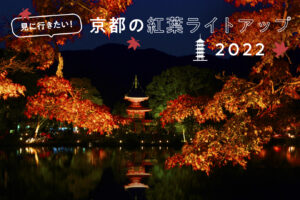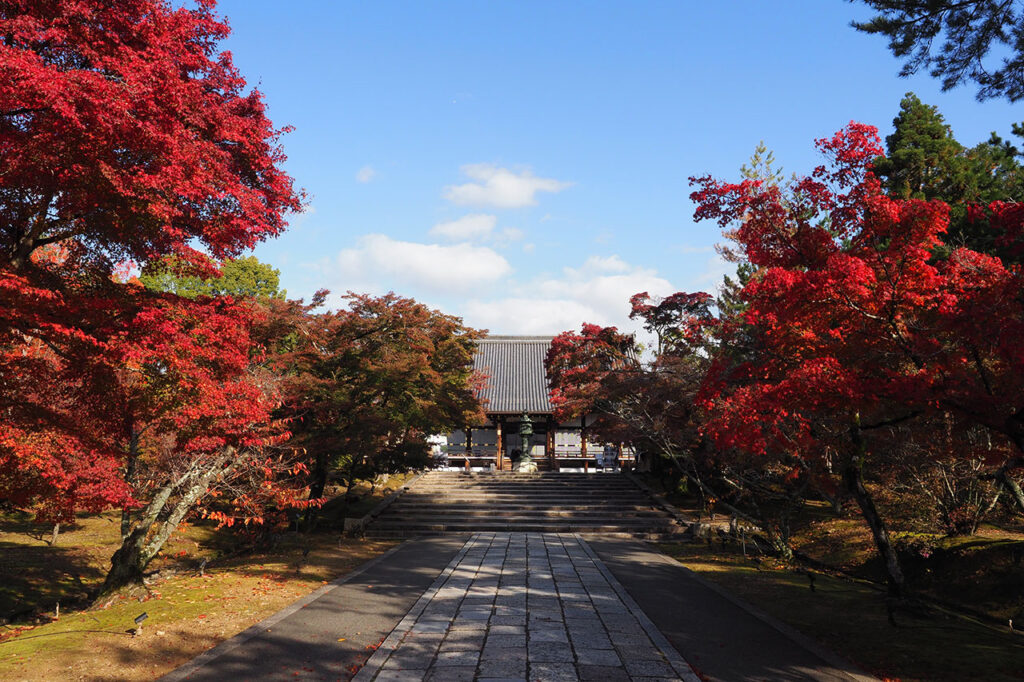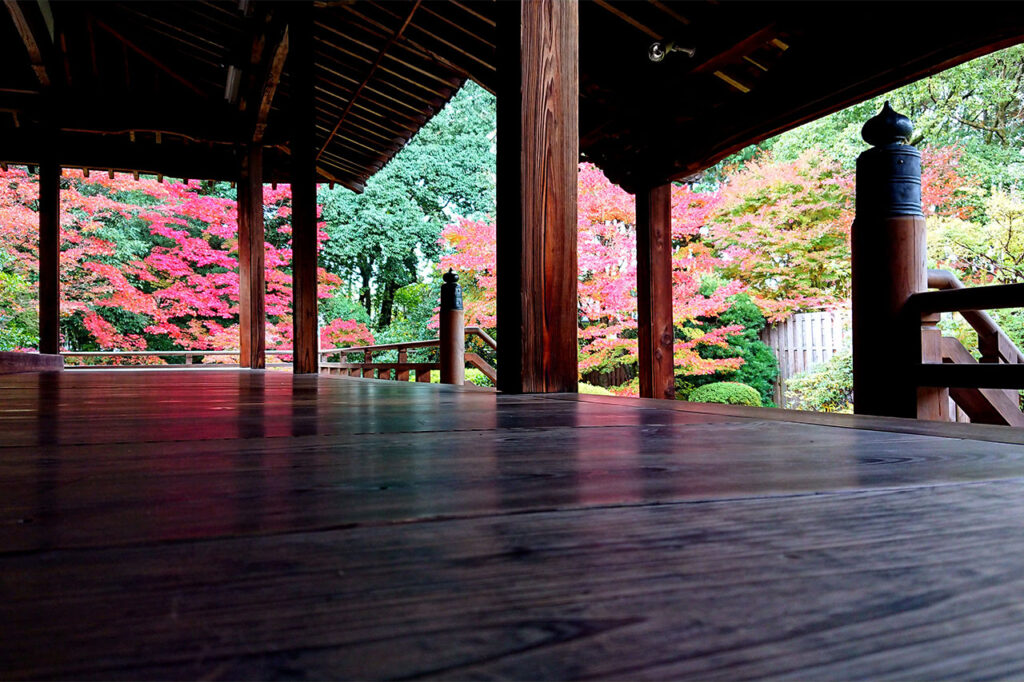
[2025] Hatsumode Spots in Kyoto! 12 recommended shrines


We have carefully selected some of the best places to visit that are within a 5-minute walk from the nearest station and easy to stop by from our autumn foliage specials. Please make use of this information for sightseeing in Kyoto to avoid bus congestion.

From the best places to view the autumn leaves to the worst spots, we will guide you along with the best time to view the leaves.

Information on lighting up
The temple was founded in 796 (Enryaku 15), two years after the transfer of the capital to Heian by Emperor Kammu, by the national government as a temple for national protection.
It is also known as a famous place for autumn leaves, and the contrast between the red and yellow trees and the five-storied pagoda is a must-see. During special visits at night, the precincts are lit up, and you can enjoy a fantastic scenery that is different from the daytime.


It is the site of a Zen temple founded by Kachiko Tachibana, Empress of Emperor Saga, and was built by Ashikaga Takauji in 1339 to mourn the loss of Emperor Godaigo. Arashiyama, Togetsu Bridge, and Kameyama Park, which stretches to the west of Tenryuji Temple, were once part of the temple grounds.
The "Sogen Pond Garden," which retains the appearance of the garden as it was when it was designed by Muso Kokushi about 700 years ago, is beautiful in different seasons: cherry blossoms in full bloom in spring, fresh greenery in summer, autumn leaves in fall, and snow in winter.


The Kyoto Gyoen (Kyoto Imperial Gardens) was the location of the official residences that surrounded the Kyoto Imperial Palace, the residence of the emperor from the Heian Period to the Meiji Period.
Approximately 50,000 trees grow on the 65-hectare site. In autumn, maple trees, ginkgo trees, and maple trees gradually change color, offering visitors a sense of the beauty of nature.


The temple was founded by the 59th Emperor Uda in 888 during the early Heian period (794-1192). The precincts of the temple are lined with buildings erected in the Edo period (1603-1867), including the five-story pagoda and the Nioimon gate, and the autumn leaves adorning these majestic structures are exceptionally beautiful. The temple is illuminated at night during the fall foliage season, creating a fantastic atmosphere.


The castle was built in 1603 by Tokugawa Ieyasu, the first shogun of the Edo Shogunate, and has appeared on numerous occasions in history, including in 1867 when the 15th shogun, Yoshinobu Yoshinobu, announced his intention to return to power in the form of the Great Restoration in the palace. The Ninomaru Palace, a national treasure, is home to approximately 3,600 paintings by the Kano school, and its luxurious and gorgeous space is overwhelming. It is also famous for its autumn foliage, with a variety of trees, including ginkgo and maple, turning beautiful colors.


Zuishin-in Temple is a temple associated with Ono no Komachi and known for its beautiful autumn leaves and plum blossoms. The temple is known for its autumn foliage and plum blossoms, and is also known as a temple associated with Ono no Komachi. In addition, there are many other attractions such as fusuma-e (sliding door paintings) by a contemporary artist that are attracting attention as a photo spot.


Experience Shakyo and Shabutsu copying
Reception hours/9:00-14:00
Time required: 1 to 2 hours (depending on the type of Buddha you choose)
Dedication fee / 2,000 yen (including entrance fee)
How to apply: Call (same-day applications accepted) *There are cases when the experience is not available due to Buddhist memorial services or events.
In 1202 (Kennin 2), Minamoto no Yoriie donated the temple grounds, and Eisai, the founder of the Rinzai sect, opened it as the oldest Zen temple in Kyoto and one of Kyoto's five great temples.
The Hojo garden, the courtyard, and the garden of ○, △, △, and □ are beautiful gardens with a sense of dryness. You can also experience sutra copying and zazen meditation, so you can spend some time with yourself.


Zazen Experience
Schedule/Confirmation required on the hospital's website.
Duration: 90 minutes (preparatory exercises, explanation of zazen, zazen, Dharma talk)
Fee: 2,000 yen (including visit to the Gohonzon, tour of the garden, and free meditation) *Photographing of the garden is permitted.
Application method: WEB or by phone (Applications accepted up to 1 hour before the start time)
Other/Insect repellent, sweat towels, and water are recommended during the summer season.
Over 600 interviews per year! An order site carefully selected by the editors who knows Kyoto and Shiga.
nowOfficial LINE friend registration500 yen OFF coupon is being issued!
Distributed every Friday morning at 8:00 am! From new restaurant information to event information that we want to share with you, We deliver articles about Kyoto that are useful to know. About 20,000 people have registered.Click here to add a friend!
 News
News Feature article
Feature article Featured event
Featured event